Physical Address
304 North Cardinal St.
Dorchester Center, MA 02124
Physical Address
304 North Cardinal St.
Dorchester Center, MA 02124
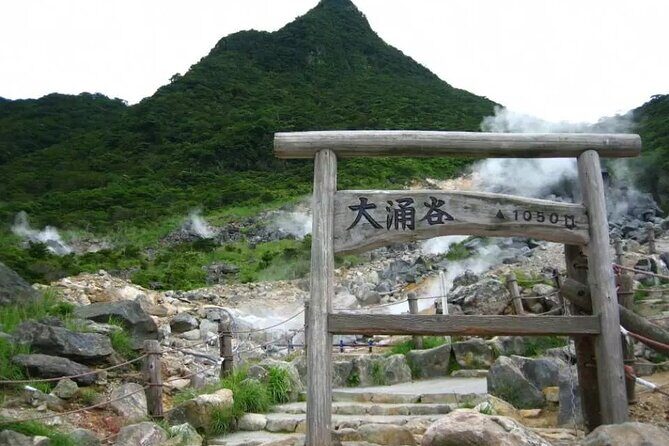
Discover the pros and cons of the Hakone Free Pass, a 2-3 day transportation and attraction deal in Japan, ideal for budget travelers seeking flexible exploration.
Exploring Hakone with the Hakone Free Pass: A Practical Guide
Traveling through Japan often means juggling transportation schedules and entrance fees, especially in popular spots like Hakone. The Hakone Free Pass offers a way to simplify this, providing unlimited access to trains, buses, cable cars, and boats for 2 or 3 days. Costing around $66.50 per person, this pass aims to make exploring Hakone more manageable and budget-friendly.
What we really appreciate about this option is how it bundles so many transportation modes into one. It’s designed for travelers who prefer to set their own pace and see many sights without fiddling with tickets every step of the way. That said, some reviews highlight frustrations with the actual redemption process, queues, and the hassle of dealing with digital tickets. If you’re someone who values seamless, straightforward experiences over the adventure of navigating local systems, this pass might require a bit of patience.
This pass suits travelers eager to enjoy Hakone’s hot springs, scenic views, and cultural sites without spending a fortune on individual tickets. If you’re comfortable with a little logistical effort and want flexible access over a couple of days, the Hakone Free Pass could be a solid choice.
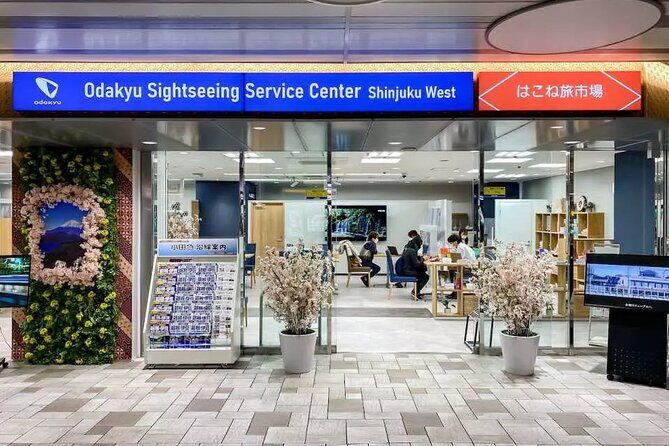
The Hakone Free Pass is a convenient ticket that covers two or three consecutive days of travel around Hakone, a region famed for its hot springs, scenic lakes, and mountain views. It includes a round-trip ticket on the Odakyu Line from Tokyo’s Shinjuku station to Odawara, plus access to eight different transportation modes in Hakone itself, such as the Hakone Tozan Railway, cable car, ropeway, sightseeing cruise, and local buses.
The pass also grants discounts at over 70 attractions, including popular spots like the Hakone Open-Air Museum and Hakone Shrine. This makes it an appealing option for travelers who want to combine sightseeing with practical transport.
You might also be interested in these Tokyo experiences
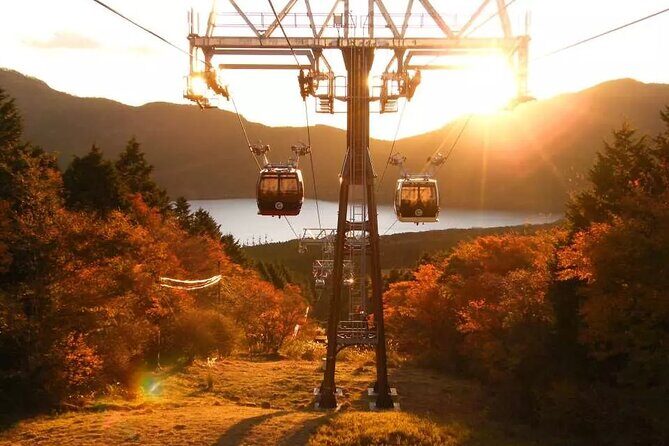
The process is fairly straightforward but comes with some quirks. After purchasing the pass online or through a travel app, you’ll need to redeem it at a designated location—often Odawara Station or the Odakyu Sightseeing Service Center in Shinjuku. According to reviews, collecting the physical ticket involves queues, especially at busy times, so arriving early or during off-peak hours could save you some frustration.
Once activated, the pass is valid for consecutive days starting from the time of pickup. You’ll need to use it at the designated counters during operating hours, and no refunds or changes are possible after redemption.
You get a round-trip ticket on the Odakyu Line (Shinjuku to Odawara), plus unlimited rides on 8 modes of transportation in Hakone—trains, buses, cable cars, ropeways, and cruises. This is valuable if you plan to visit multiple sights spread out over the region.
However, the pass does not include the Romancecar limited express train unless you purchase a separate ticket on-site, which is at your own expense. Also, it does not cover other expenses like meals or entrance fees unless discounted through the pass.
Once you have your pass, you’re free to hop on any of the included transportation modes during your designated days. This means you can start early and hop between attractions like Owakudani Valley, Lake Ashi, and Hakone Shrine without worrying about individual tickets.
Travelers have shared that the coverage of transport options makes it easy to explore widely. The Hakone Ropeway and sightseeing cruise are particularly popular for stunning views of Mount Fuji on clear days. Since the pass is valid for consecutive days, you can leisurely spread out your sightseeing over two or three days, avoiding the rush.

While the pass offers great flexibility, some reviews point out the downsides of the journey quality. One user described the experience as “hell on earth,” citing long queues and cramped conditions on trains, buses, and cable cars. This is a common complaint in peak seasons or busy weekends. If you’re sensitive to crowds, you might find waiting in lines or standing for long periods less enjoyable.
Another reviewer flagged that dealing with digital tickets and the redemption process can be a hassle, especially if you’re not familiar with Japanese systems or working with staff who seem reluctant to assist with digital access.
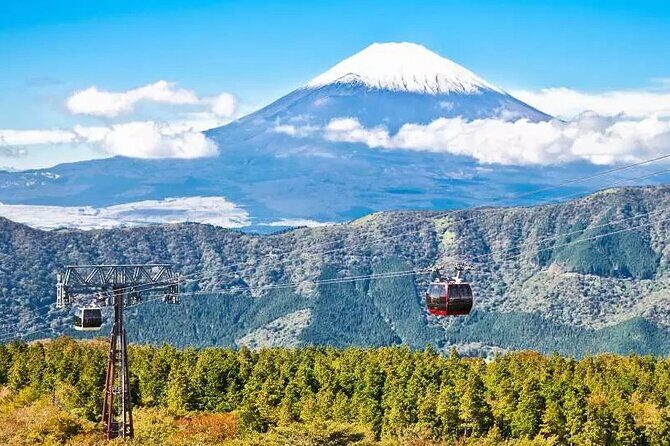
Using the pass, you can enjoy discounted entries or free admissions at key attractions. The Hakone Open-Air Museum, with its impressive sculptures and outdoor galleries, is a favorite among visitors. Hakone Shrine, beautifully situated near Lake Ashi, is accessible and free for those with the pass. The Hakone Sightseeing Cruise offers a relaxing way to see the lake and surrounding mountains.
In some reviews, travelers appreciated the value of discounts at dozens of facilities, especially since entrance fees can add up quickly if visited individually. The pass encourages a broad exploration, making it easier to sample various attractions without stressing about individual tickets.
At roughly $66.50 per person, the pass seems a reasonable investment, especially for those planning a 2- or 3-day adventure. For comparison, the combined cost of individual tickets for trains, buses, and cruises would likely surpass this amount if you visit multiple sites.
However, the value depends on your itinerary and travel style. If you prefer a relaxed pace, visiting only a few key sights, you might find it more cost-effective to buy single tickets. But if you’re eager to cover extensive ground and use multiple modes of transport, the pass is definitely a money-saver.
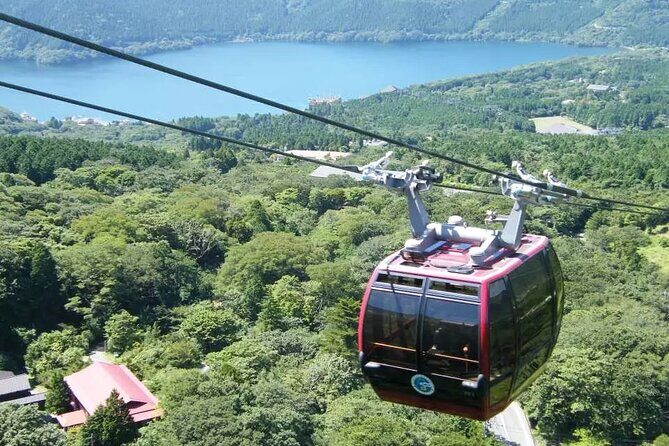
The majority of reviews are mixed, with some praising the excellent coverage and savings and others criticizing the hassle and crowds. Several travelers shared that the pass is great for exploring if you’re comfortable with the logistics, but others found the process of collecting and activating it frustrating.
One reviewer called it “great value for exploring Hakone over 2-3 days”, noting it covers most transportation and helps access sights like Lake Ashi and Owakudani. Conversely, some described the experience as “hell on earth” due to queues and crowded conditions, especially during peak times.

This pass is best suited for travelers who prioritize flexibility and value. If you’re comfortable navigating Japanese transportation systems and dealing with queues, you’ll love the cost savings and freedom it offers. It’s ideal for families, couples, or solo travelers who want to maximize sightseeing without worrying about ticketing hassles.
However, if your trip falls during busy periods or if you’re uneasy with digital ticketing procedures, you might want to plan ahead or consider other options.
The Hakone Free Pass offers great value for travelers eager to see as much of Hakone as possible over two or three days. Its inclusion of multiple transportation modes and discounts at popular attractions makes it a practical choice for those who want to explore at their own pace without juggling tickets every time they want to change sights.
While some find the redeeming process cumbersome and the experience crowded and hectic, many appreciate the cost savings and convenience it provides—particularly if they’re planning to hit multiple spots quickly. It’s especially attractive for adventurous travelers who don’t mind a little logistical effort in exchange for significant savings and greater access.
In summary, if you’re comfortable with a bit of planning and don’t mind the crowds, the Hakone Free Pass is a smart way to see Hakone’s highlights while keeping costs down. For those seeking a more relaxed or hassle-free experience, it might require some extra patience.
Does the pass include a round-trip train ticket from Shinjuku?
Yes, it includes an Odakyu Line round-trip ticket between Shinjuku Station and Odawara Station.
Can I use the pass for the Romancecar limited express train?
You cannot use the pass for Romancecar trains unless you purchase a separate ticket on-site, which is at your own expense.
What transportation modes are covered in Hakone?
The pass covers 8 transportation modes: Hakone Tozan Railway, Hakone Tozan Cable Car, Hakone Ropeway, sightseeing cruise, Odakyu Hakone Highway Bus, Tokai Bus, and local buses.
Where do I pick up the physical pass?
Common locations include Odawara Station and the Odakyu Sightseeing Service Center in Shinjuku. Expect queues, especially during busy times.
Is the pass valid for consecutive days only?
Yes, it’s valid for 2 or 3 consecutive days from the time you activate it, which occurs upon redemption.
Are there discounts on attractions?
Yes, the pass provides discounts at over 70 facilities, including museums and hot springs.
What if I want to cancel or change my booking?
The pass is non-refundable and can’t be changed once redeemed.
Can children use the pass?
Children under 6 can enter for free, but children aged 6 and over need their own ticket.
Does the pass cover all transportation in Hakone?
It covers most, but not all, like the Romancecar or certain on-site expenses.
Is it worth it for a short visit?
Probably not; it’s best if you plan to spend at least two full days exploring Hakone’s sights and using multiple modes of transport.
With practical value and a broad range of access, the Hakone Free Pass is a tool that can make your Hakone trip smoother and more affordable—just go in knowing it’s not without its quirks.